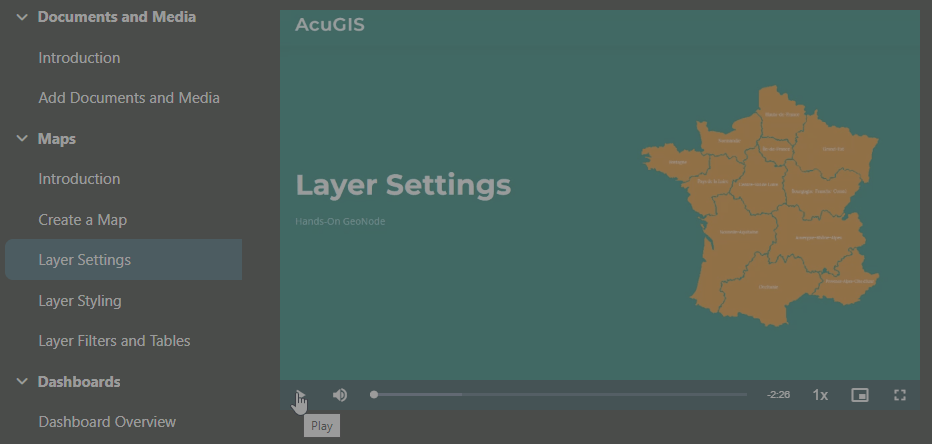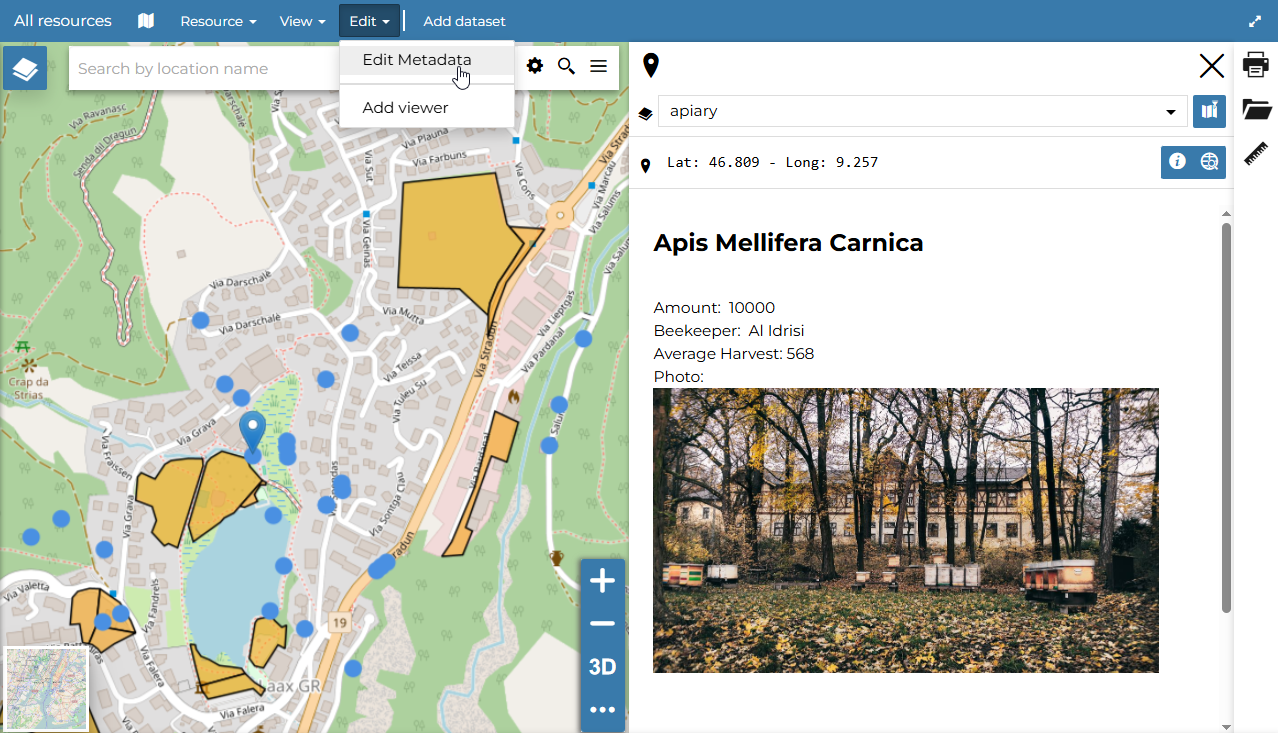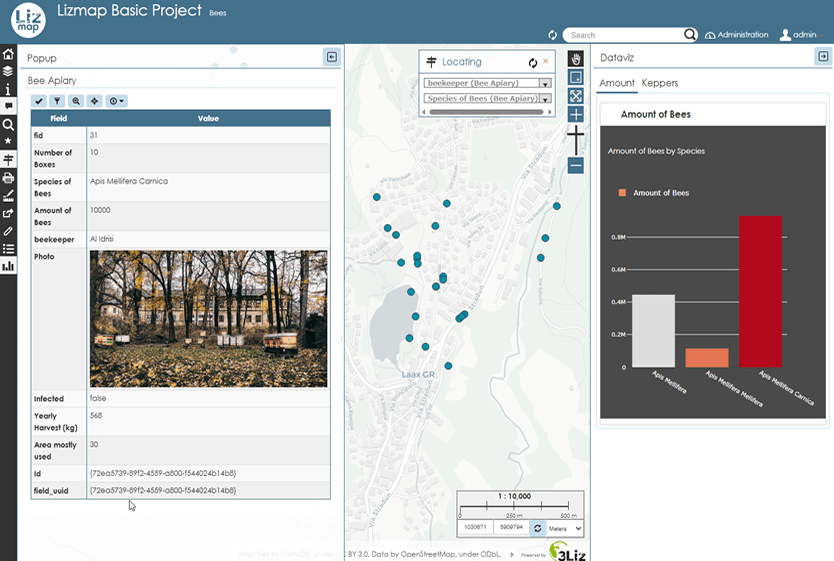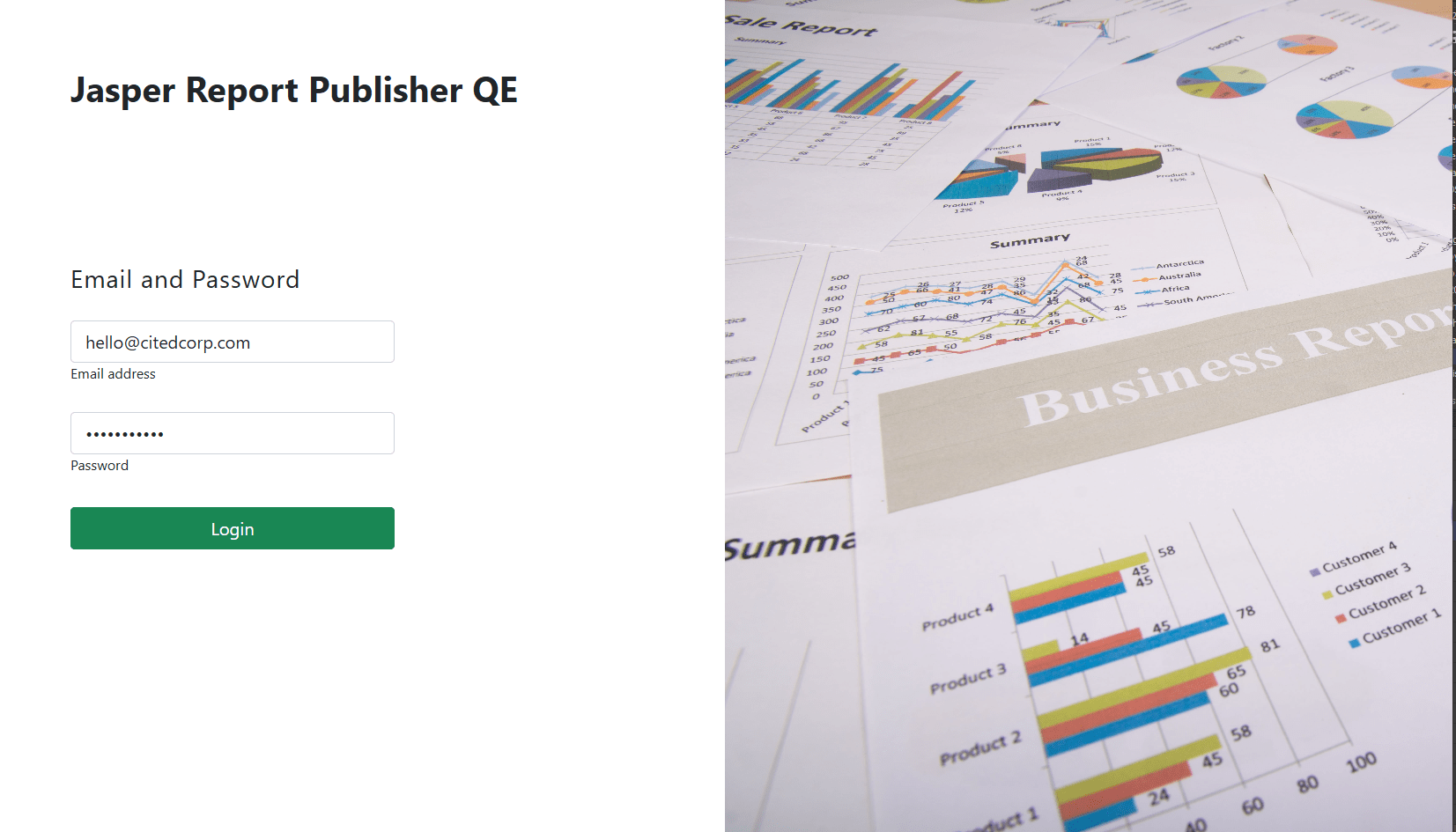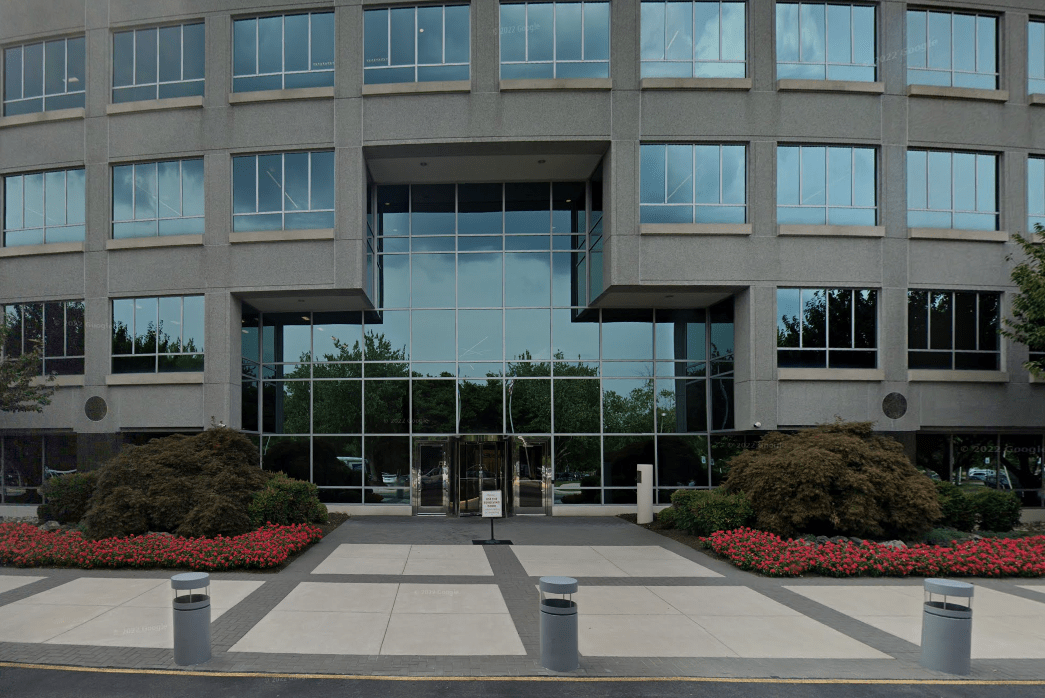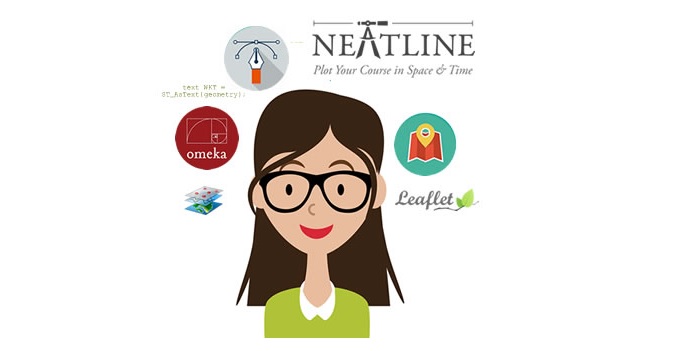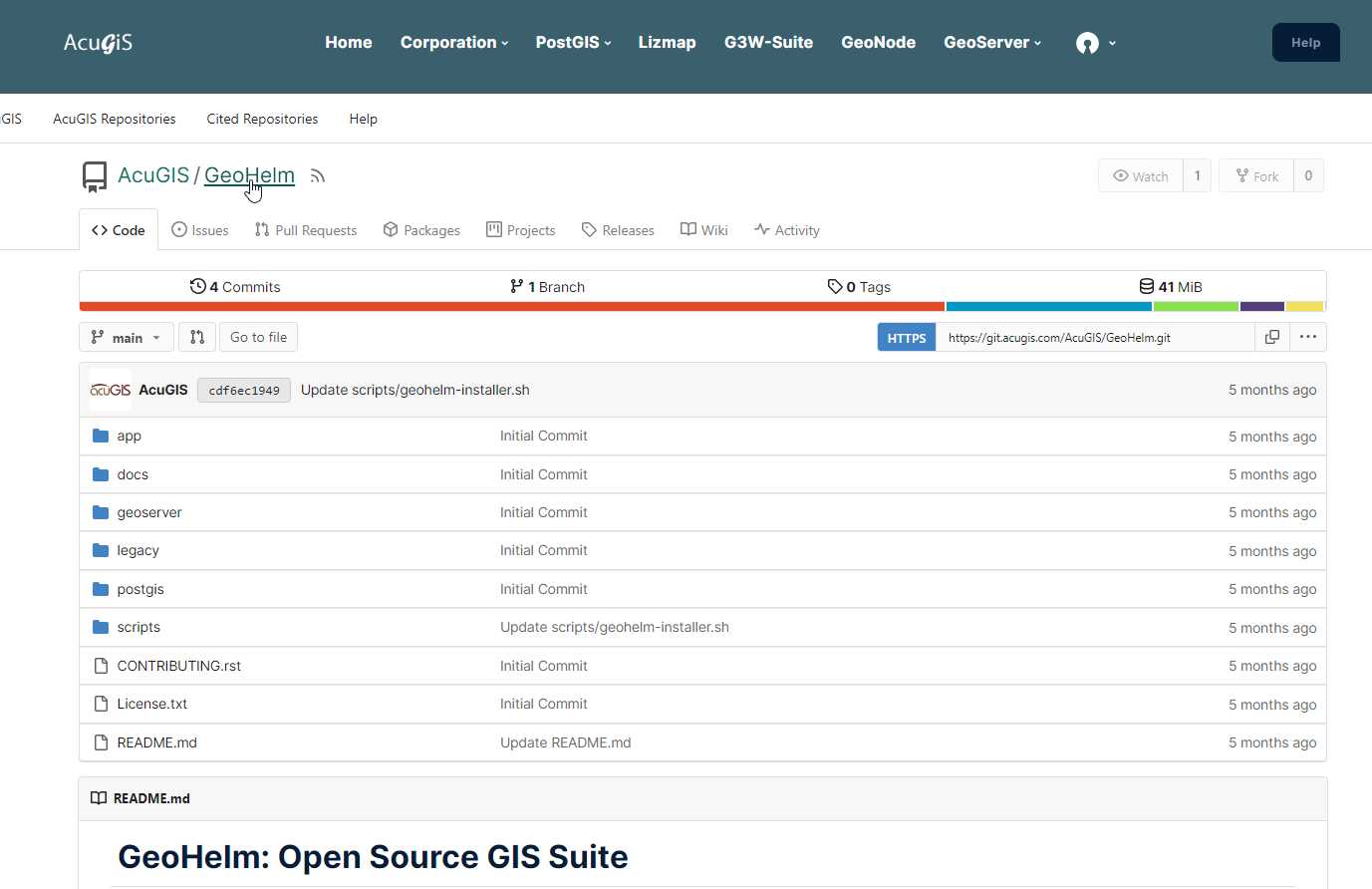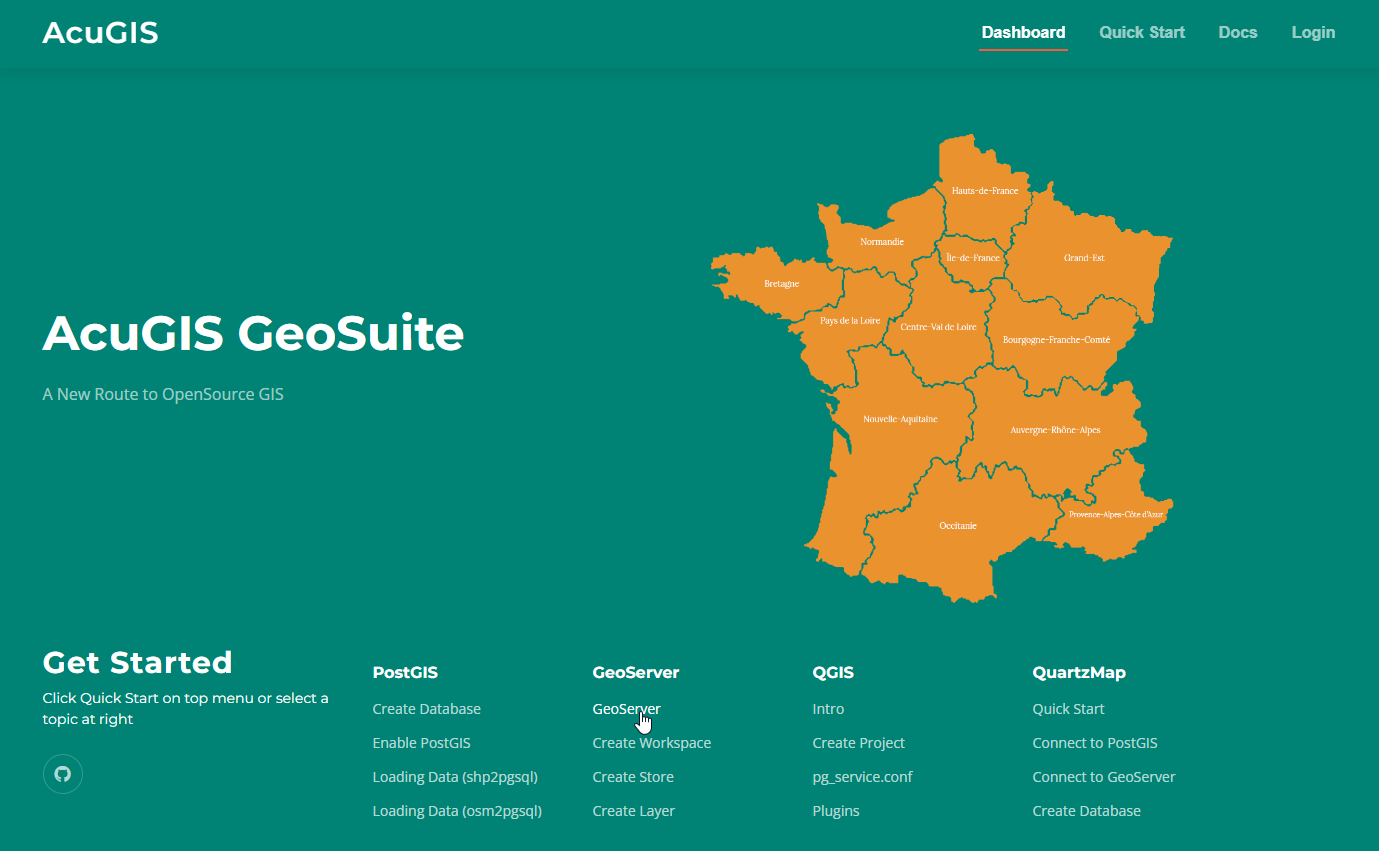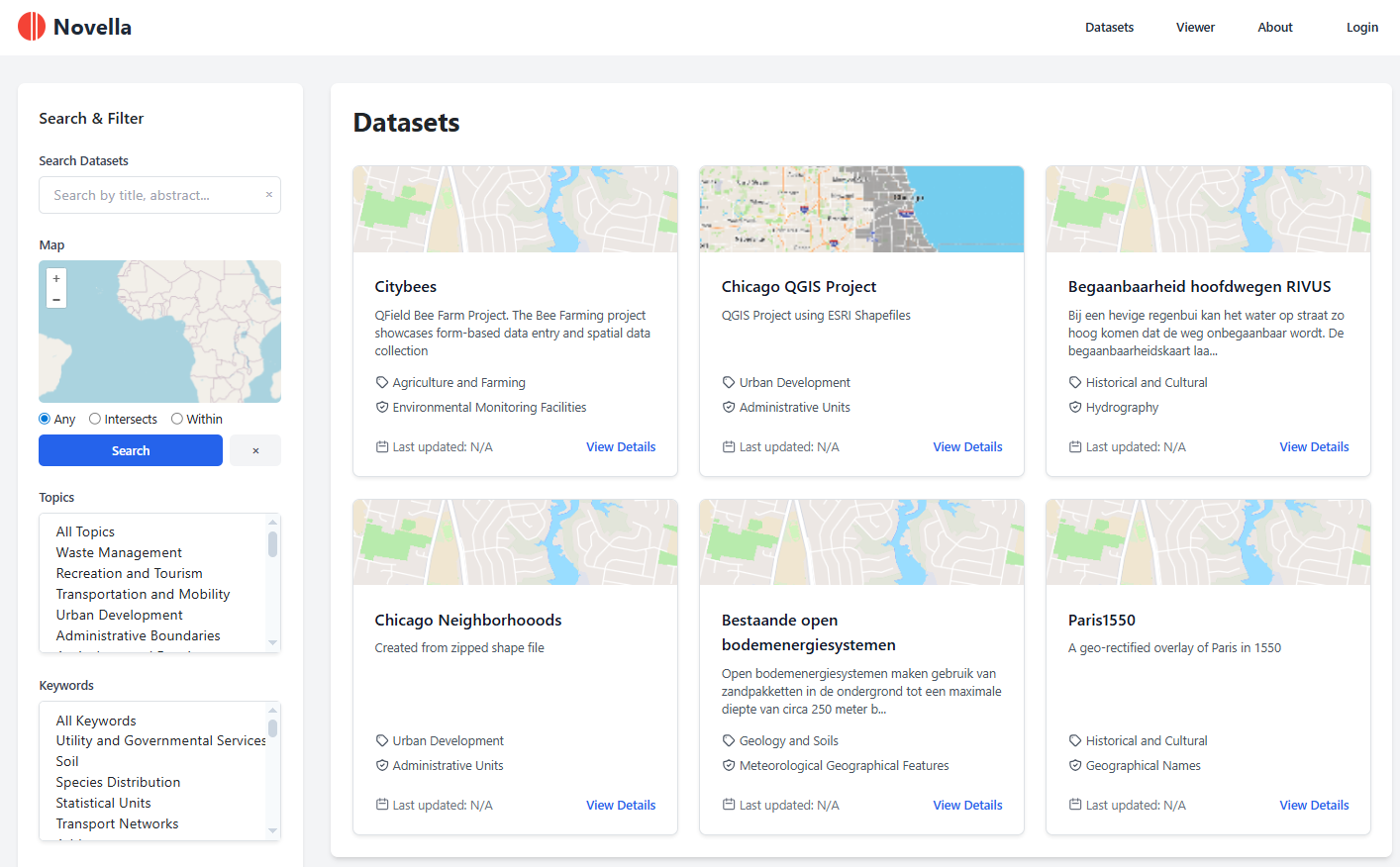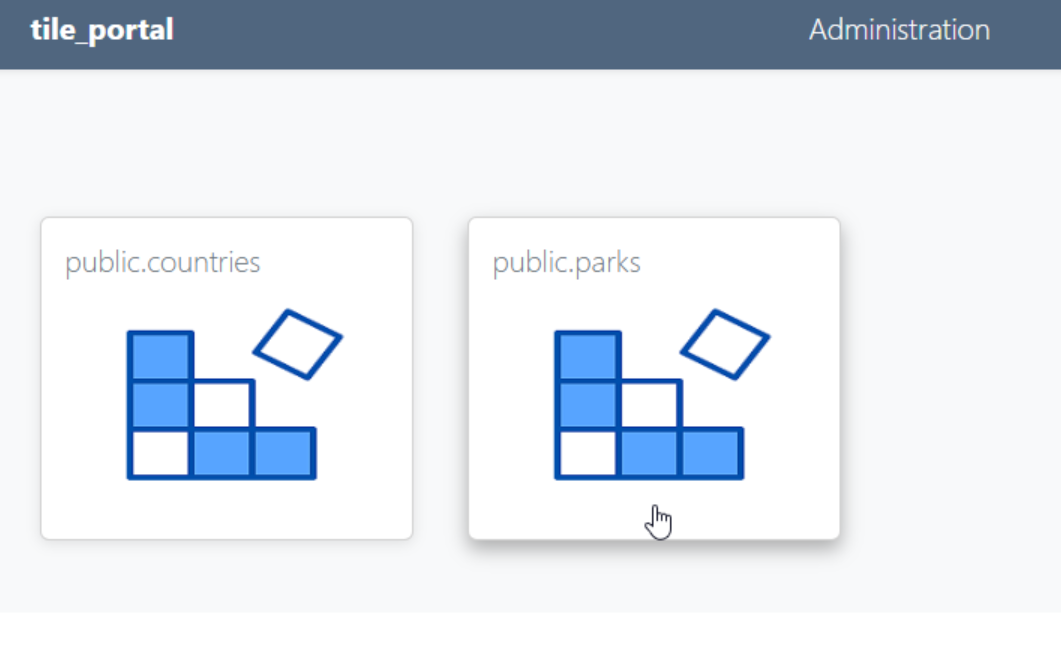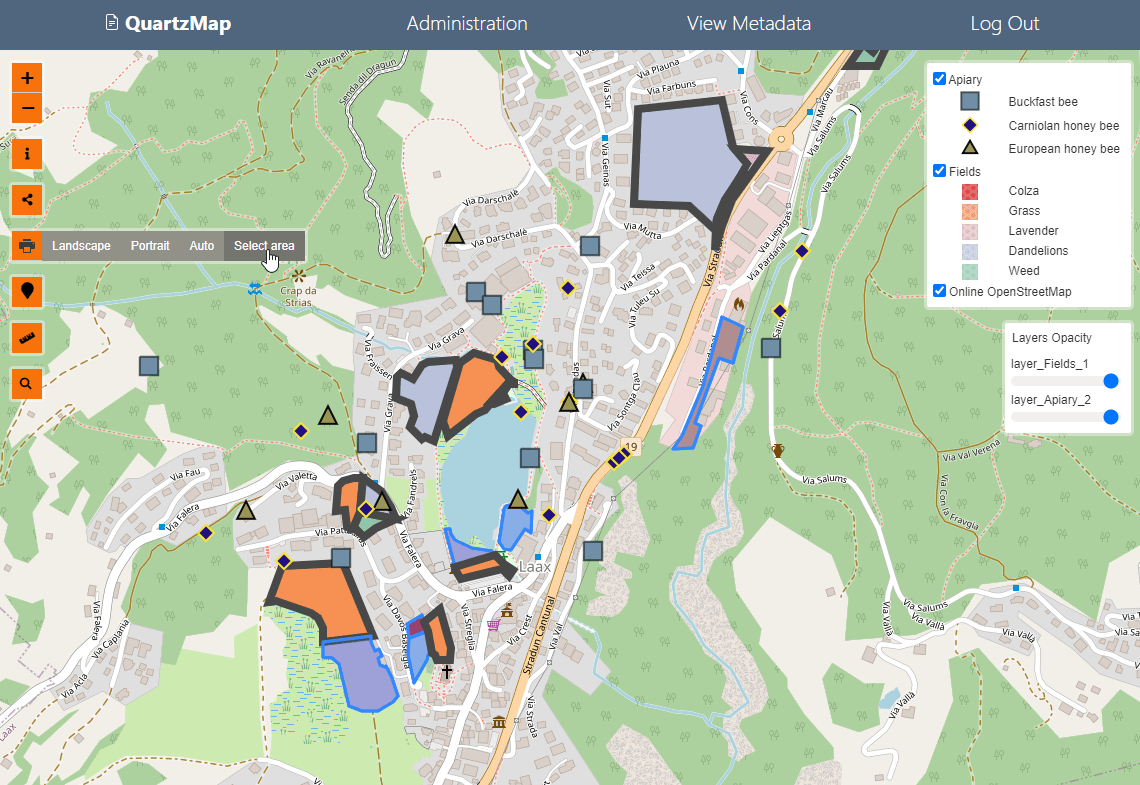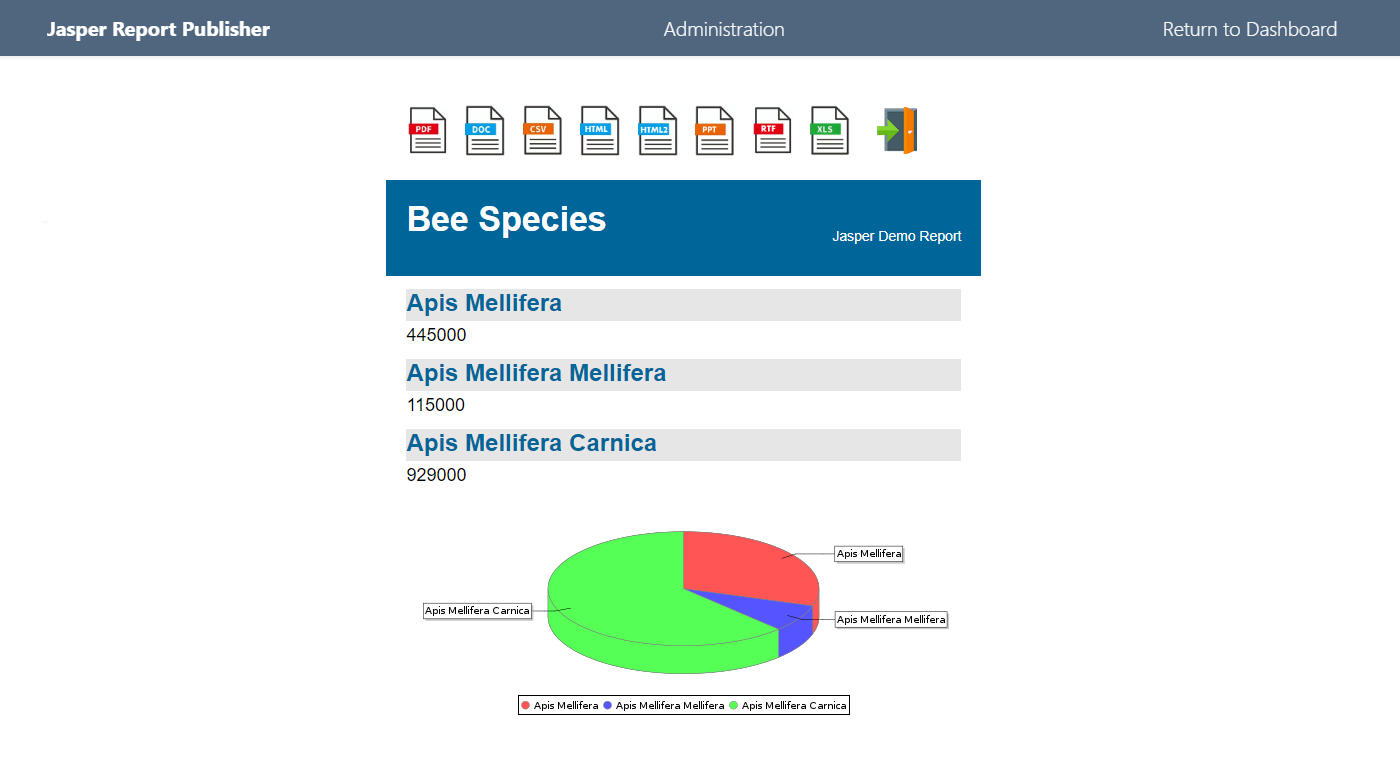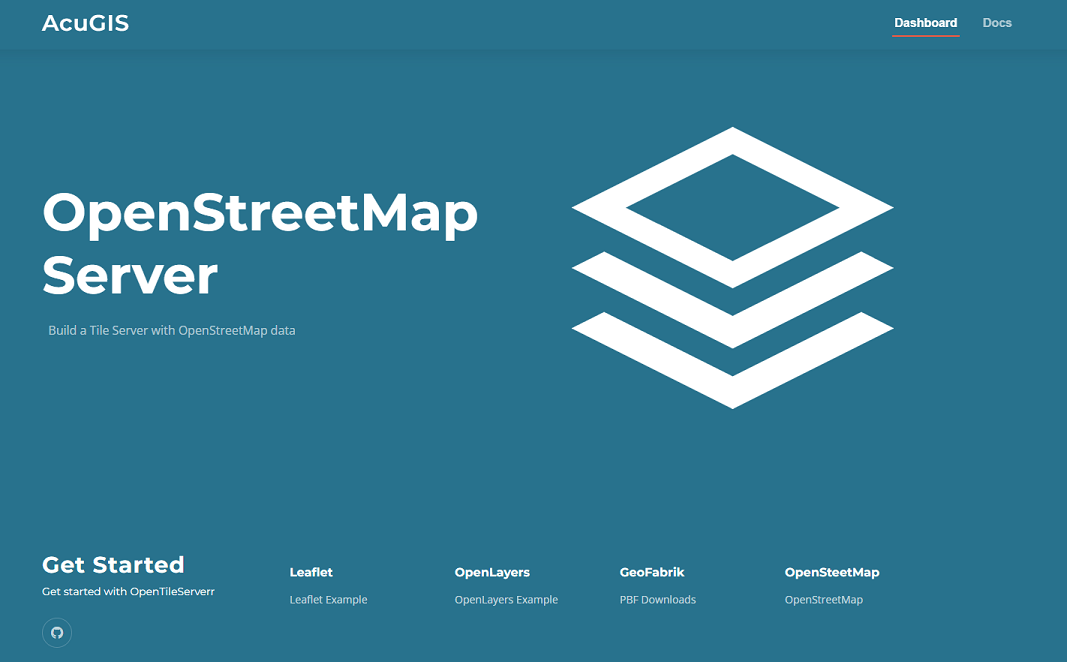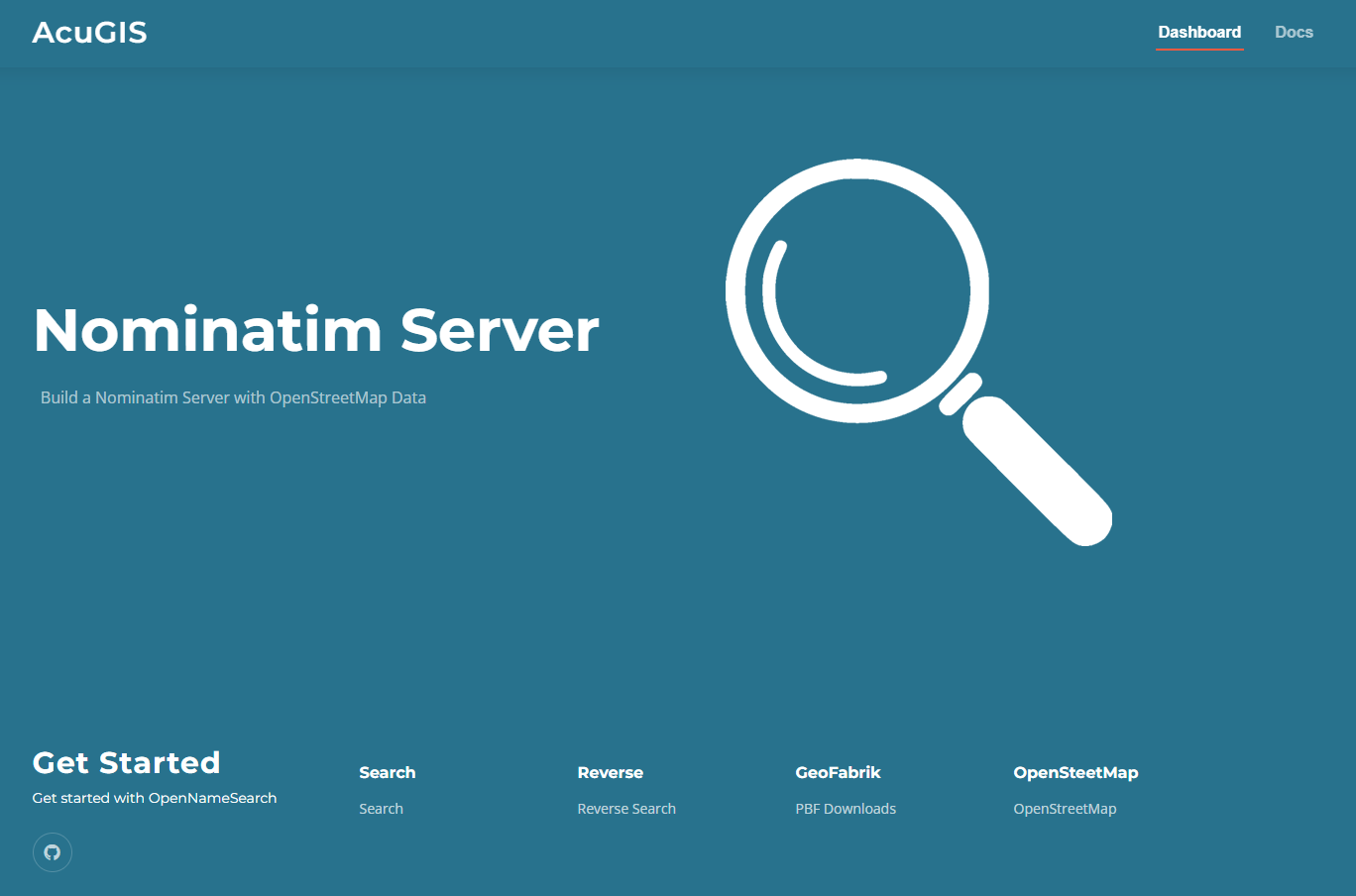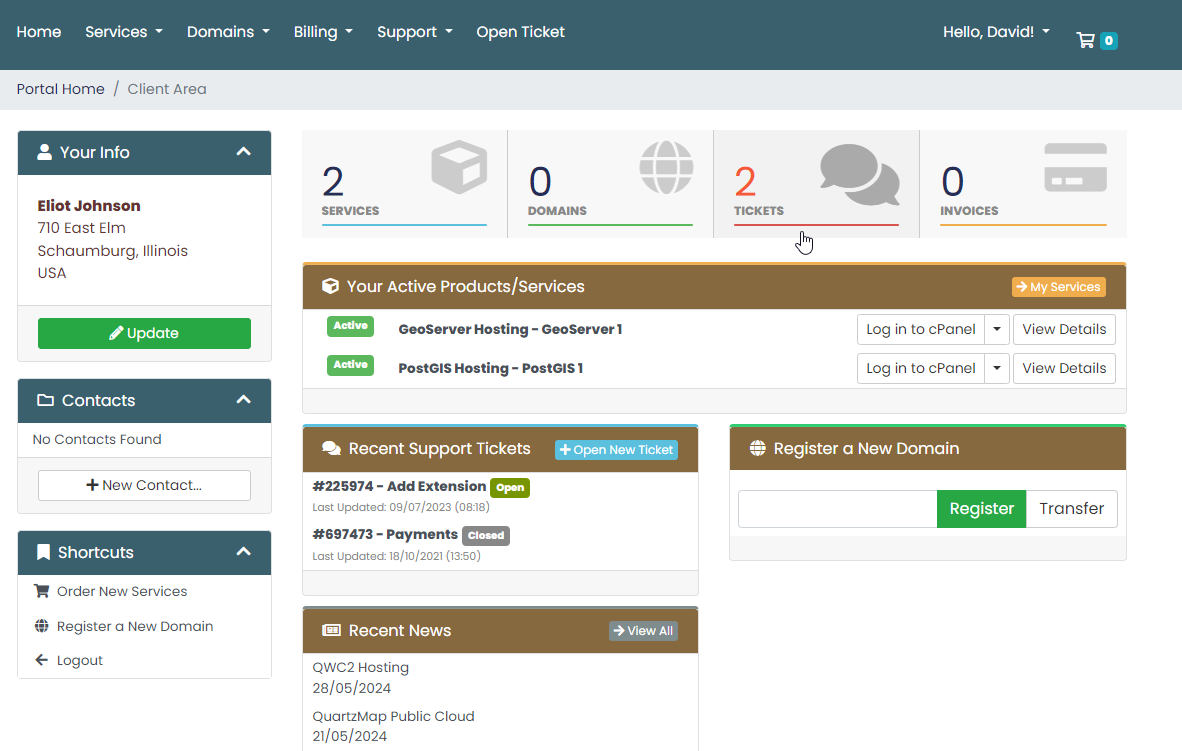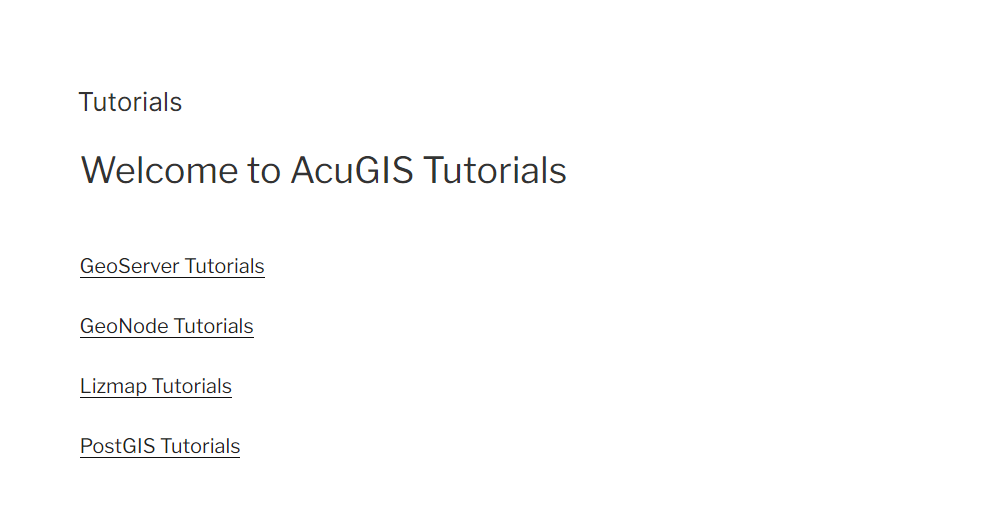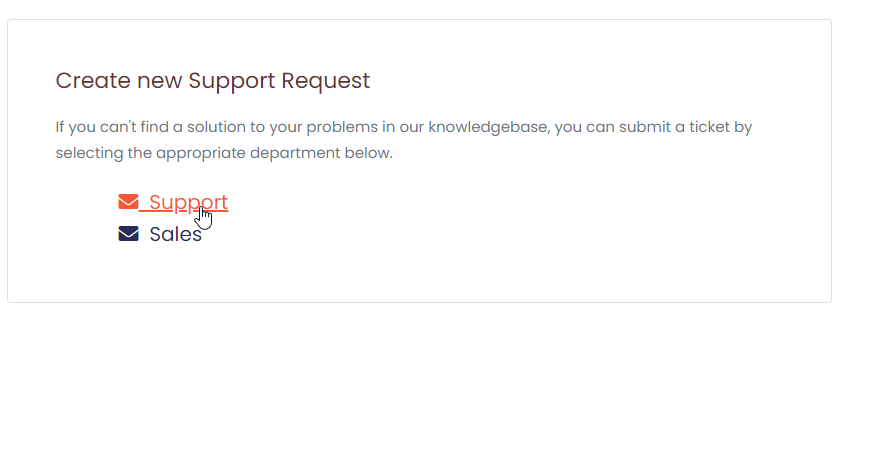|
<section>
|
|
|
|
<h1 id="themes-templating-responsive-design" class="page-header">
|
|
Themes, templating and responsive design
|
|
</h1>
|
|
|
|
<h2 id="themes">Theme support</h2>
|
|
|
|
<p>
|
|
Select2 supports custom themes using the
|
|
<a href="options.html#theme">theme option</a>
|
|
so you can style Select2 to match the rest of your application.
|
|
</p>
|
|
|
|
<p>
|
|
These are using the <code>classic</code> theme, which matches the old
|
|
look of Select2.
|
|
</p>
|
|
|
|
<div class="s2-example">
|
|
<p>
|
|
<select class="js-example-theme-single js-states form-control">
|
|
</select>
|
|
</p>
|
|
<p>
|
|
<select class="js-example-theme-multiple js-states form-control" multiple="multiple"></select>
|
|
</p>
|
|
</div>
|
|
|
|
{% highlight js linenos %}
|
|
$(".js-example-theme-single").select2({
|
|
theme: "classic"
|
|
});
|
|
|
|
$(".js-example-theme-multiple").select2({
|
|
theme: "classic"
|
|
});
|
|
{% endhighlight %}
|
|
|
|
<h2 id="templating">Templating</h2>
|
|
|
|
<p>
|
|
Various display options of the Select2 component can be changed:
|
|
You can access the <code><option></code> element
|
|
(or <code><optgroup></code>) and any attributes on those elements
|
|
using <code>.element</code>.
|
|
</p>
|
|
|
|
<p>
|
|
Templating is primarily controlled by the
|
|
<a href="options.html#templateResult"><code>templateResult</code></a>
|
|
and <a href="options.html#templateSelection"><code>templateSelection</code></a>
|
|
options.
|
|
</p>
|
|
|
|
<div class="s2-example">
|
|
<p>
|
|
<select class="js-example-templating js-states form-control"></select>
|
|
</p>
|
|
</div>
|
|
|
|
{% highlight js linenos %}
|
|
function formatState (state) {
|
|
if (!state.id) { return state.text; }
|
|
var $state = $(
|
|
'<span><img src="vendor/images/flags/' + state.element.value.toLowerCase() + '.png" class="img-flag" /> ' + state.text + '</span>'
|
|
);
|
|
return $state;
|
|
};
|
|
|
|
$(".js-example-templating").select2({
|
|
templateResult: formatState
|
|
});
|
|
{% endhighlight %}
|
|
|
|
<h2 id="responsive">Responsive design - Percent width</h2>
|
|
|
|
<p>
|
|
Select2's width can be set to a percentage of its parent to support
|
|
responsive design. The two Select2 boxes below are styled to 50% and 75%
|
|
width respectively.
|
|
</p>
|
|
|
|
<div class="s2-example">
|
|
<p>
|
|
<select class="js-example-responsive js-states" style="width: 50%"></select>
|
|
</p>
|
|
<p>
|
|
<select class="js-example-responsive js-states" multiple="multiple" style="width: 75%"></select>
|
|
</p>
|
|
</div>
|
|
|
|
{% highlight html linenos %}
|
|
<select class="js-example-responsive" style="width: 50%"></select>
|
|
<select class="js-example-responsive" multiple="multiple" style="width: 75%"></select>
|
|
{% endhighlight %}
|
|
|
|
<div class="alert alert-warning">
|
|
Select2 will do its best to resolve the percent width specified via a
|
|
css class, but it is not always possible. The best way to ensure that
|
|
Select2 is using a percent based width is to inline the
|
|
<code>style</code> declaration into the tag.
|
|
</div>
|
|
</section>
|

 PostGIS
PostGIS Mobile
Mobile QGIS
QGIS MapBender
MapBender GeoServer
GeoServer GeoNode
GeoNode GeoNetwork
GeoNetwork Novella
Novella Solutions
Solutions



